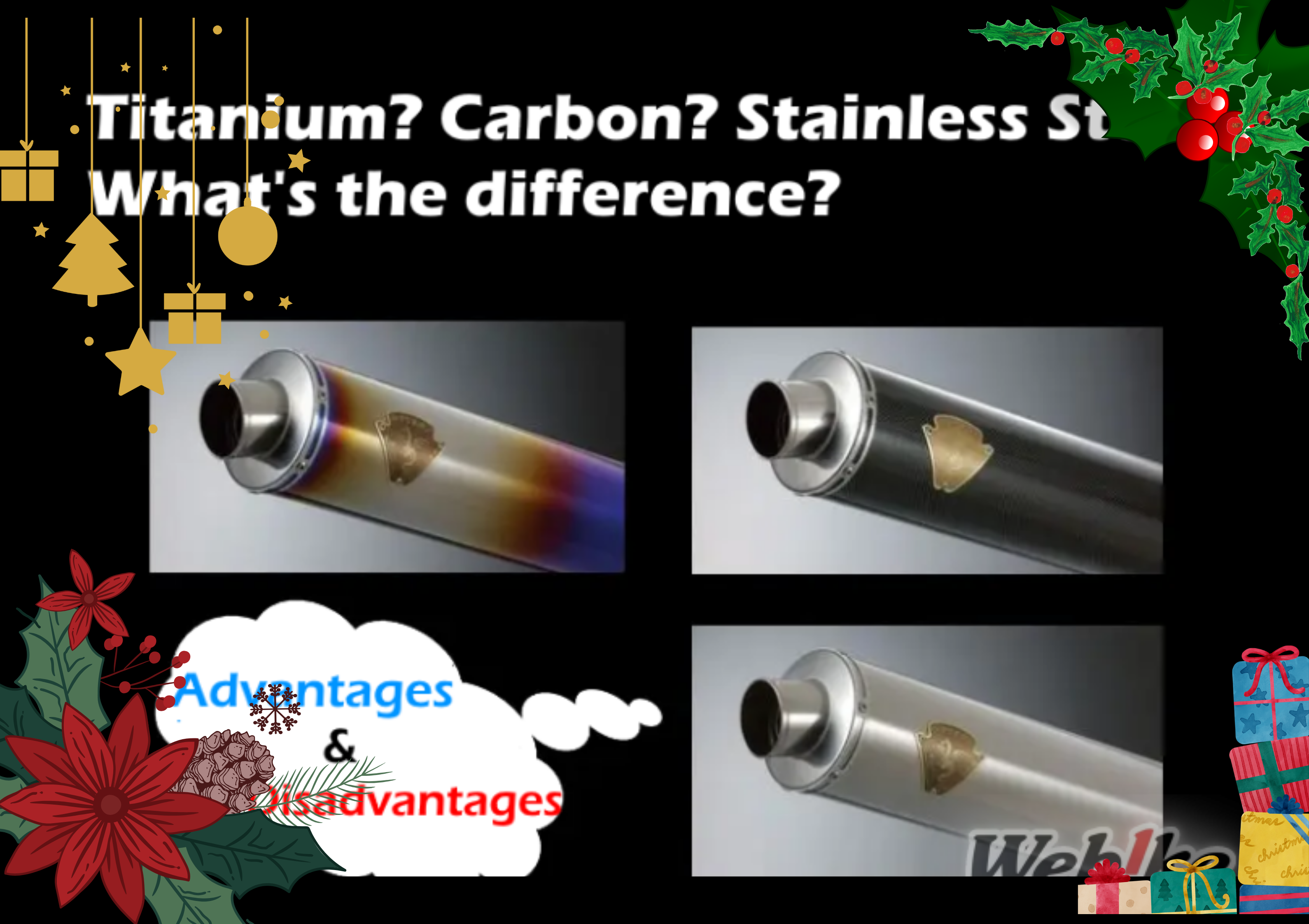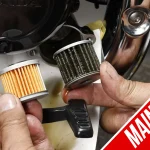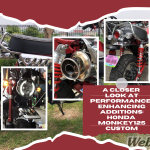Do you know the differences between common materials used for exhausts? You may have the impression that titanium or carbon exhausts are lighter and have better performance, or that stainless steel is less susceptible to rust. But in fact it goes much deeper than that. There are a wide variety of factors that manufacturers consider when creating an exhaust, based on whether the ultimate goal is power, design, cost, etc. One of the most important of these is the material. Why not take this opportunity to learn about the different materials and find the right one to suit your style?
Steel
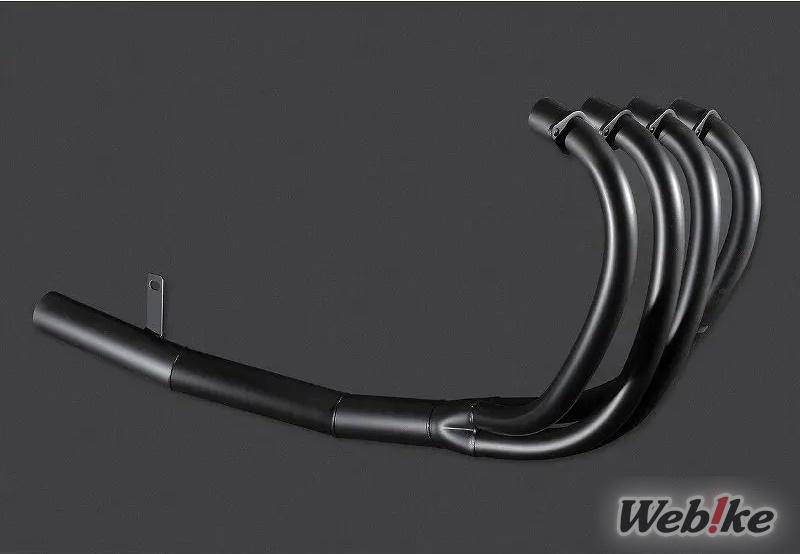
Steel is often used for stock exhaust pipes. It is superior in terms of price and durability, and is suitable for keeping costs low. There are not many aftermarket exhausts made entirely of steel, but since they give off a powerful bass sound and are easy to modify they are popular among fans who are particular about sound and style. One drawback is that they are heavy. If you have ever changed an exhaust by yourself, you may have experienced this. You will be surprised at the difference in weight if you hold a steel exhaust compared to one that is stainless steel or titanium. In addition, steel is generally prone to rust and some exhausts are plated or heat-resistant coated as a countermeasure. We recommended steel for those who ride classic motorcycles and want to enjoy the style of the exhaust rather than focus on the specs.
Advantages:
- Low price
- Looks good on classic bikes
Disadvantages:
- Heavy
- Prone to rust
Stainless Steel
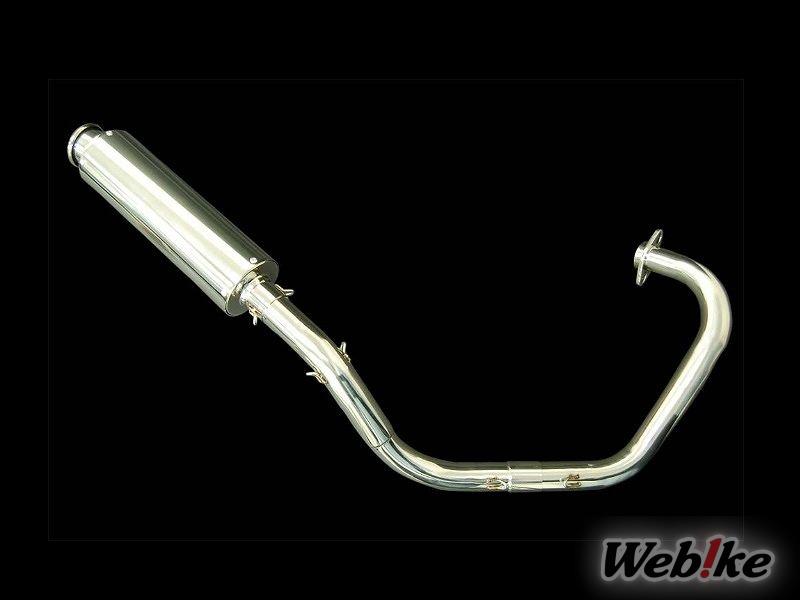
Stainless steel is widely used in kitchen appliances. What exactly is stainless steel? It's an alloy created by combining iron with chromium to make it corrosion resistant. Although the spotlight tends to focus only on its rust resistance, stainless steel is actually quite strong. Therefore, exhausts can be made thinner than with steel, and the weight can be reduced. It is also shiny and beautiful, and has various advantages such as being less expensive than titanium and carbon, which we will discuss later. Many of the exhaust pipes for aftermarket exhausts are made of stainless steel, which shows that it is a very versatile material. Some exhaust systems also offer a choice of stainless steel for the silencer. The sound quality tends to be higher and heavier. We recommend stainless steel for riders who want to change out their stock steel exhaust but are not ready to go to titanium due to the cost.
Advantages:
- Rust resistance
- Stronger and lighter than steel
- Good cost effectiveness
- Beautiful luster
Disadvantages:
- Less variation in appearance compared to titanium
Titanium
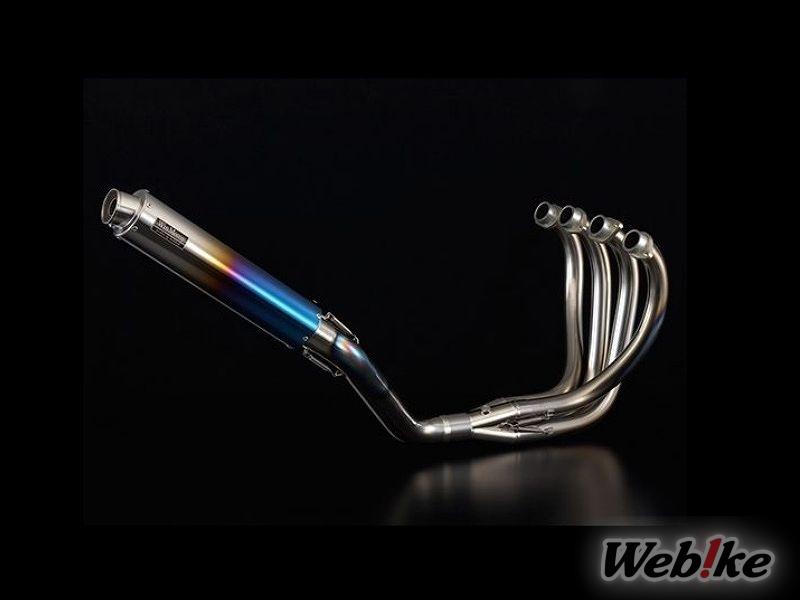
Titanium is very popular for aftermarket exhausts. Many riders have fallen in love with the light weight and beautiful heat colorization. Depending on the product, the weight is usually 40~70% lighter than the stock exhaust, so you can really feel the improvement in braking and cornering performance. Despite its light weight, the strength of titanium is also top class. However, high strength means that it is very difficult to process, and this processing cost means that the price is also top class. Some flagship models even have the pipes made of titanium. The sound quality tends to be high-pitched and crisp. We recommend titanium for riders who want an exhaust with good specs, even if it costs a lot!
Advantages:
- The most lightweight metal material
- High strength
- Beautiful heat colorization
- Rustproof
Disadvantages:
- High price
Carbon
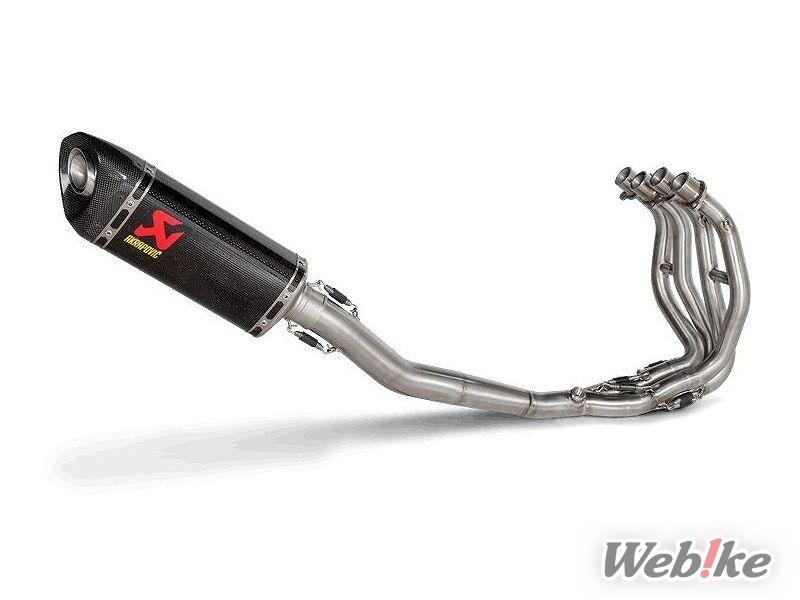
Although only for the silencers, there are exhausts in which carbon is used. Carbon is lighter than titanium and has a nice dress-up effect with its weave pattern. It also has many other advantages, such as its surface temperature not rising easily and its strength which matches that of steel, which is why it is also used in the aerospace industry. The sound quality tends to be low and heavy. However, there are some disadvantages. Various steps are required to produce carbon, and like titanium, the processing cost is reflected in the product price. It is also susceptible to ultraviolet rays, which will cause gradual deterioration. It is not suitable for those who need to store it outside for long periods of time. And, above all, it is vulnerable to direct impacts. Even just tipping over your bike might cause it to crack, depending on the way it is hit. Although there are some disadvantages that cannot be ignored, we recommend carbon if reducing weight is the most important thing to you.
Advantages:
- Lighter than titanium
- Carbon weave looks cool
- Surface temperature does not rise easily
Disadvantages:
- Weak against direct impact
- High price
- Deterioration due to ultraviolet rays
Customer reviews of exhausts made of each material!
Steel Exhaust Review
After comparing many manufacturers and because I also needed to replace some other parts, I decided on this exhaust because it was inexpensive. I was prepared for some rusting because it is steel, and it is of course heavy, but it also has a heavy sound that is only possible with steel. If you have the budget, stainless steel might be better, but with a difference of around 40,000 to 50,000 JPY, I am satisfied enough with this one. There is no loss of torque at low to mid speeds, and the engine revs up very well! It is also very nice that the inner silencer can be easily detached for added fun! I think it is a very well balanced muffler in terms of cost, texture, performance, and sound.
Review of POSH Faith: W1 Type Full Exhaust
Stainless Steel Exhaust Review
I am super pleased with the beautiful total stainless steel finish. The welding is carefully finished and the riveted joints are well filled with filler material, making it a high-quality product. The sound volume is not so different from the stock exhaust, but the bass sound is more pronounced.
Review of BEAMS: SS300 Full Exhaust
Titanium Exhaust Review
The hand-bent exhaust pipes are heat colored in drag blue, the silencer has a beautiful curve and turns up in the back, the sound is quiet at idle, but once you accelerate, it has a low-pitched, thick sound, torquey from low speeds, and peak power increases throughout the entire range. And what's more, it is lightweight! This all titanium full exhaust weighs less than 4kg where the stock exhaust weighed more than 14kg, so I got a weight reduction of more than 10kg. I can definitely feel the difference when pushing the bike.
Review of r's gear: WYVERN Single Type Exhaust
Carbon Exhaust Review
Even more than the engine characteristics, the handling has changed. The steel silencer, exhaust pipes, and steps have been replaced with carbon, stainless steel, and aluminum, respectively, resulting in a considerable weight reduction in the lower part of the machine. Since the bike was originally lightweight, the change in the area away from the center of gravity seems to have had a significant impact, and it now handles like a feather. The torque also seems to have increased, but perhaps that's just because of the weight reduction.
Review of YAMAMOTO RACING: Spec A Full Exhaust
Recommended brands by material
Steel: M-TEC Chukyo Short-pipe Exhaust
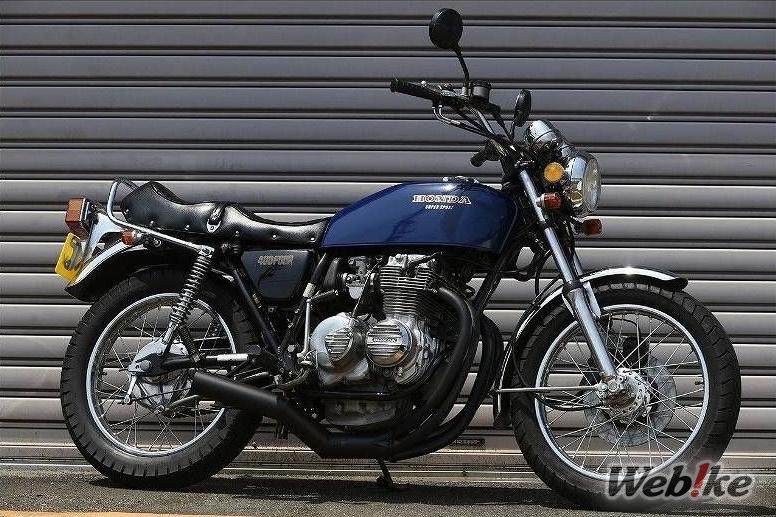
M-TEC Chukyo, who also produce OEM exhausts for major manufacturers, have a lineup of short-pipe exhausts for classic models such as the Z1 and CB750F, as well as for naked bikes from the 1990s such as the ZRX400 and CB400SF. They are of course well coated with rust-preventive heat-resistant paint, and the affordable price is also a great selling point. Users who have installed their exhausts have commented that "It revs up better!" and "The exhaust pipe is so beautiful you would think it was hand-bent."
Stainless Steel: MORIWAKI ENGINEERING Full Exhaust ZERO
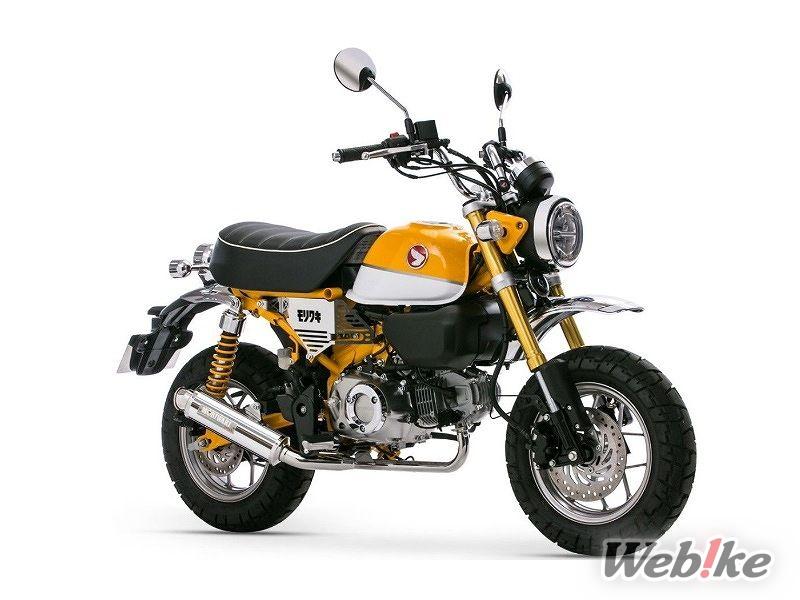
Some of MORIWAKI's ZERO full exhausts, mainly for small displacement bikes, offer the selection of stainless steel silencers. But don't underestimate them just because they are stainless steel. The beautiful luster and reasonable price will make you want to own one.
Titanium: r's gear Wyvern
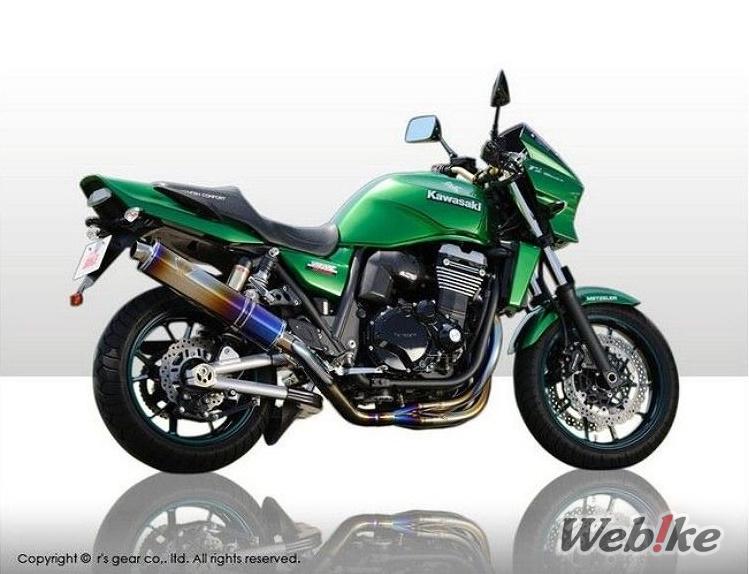
Under the motto of "Highest Performance, Highest Quality," r's gear produces exhausts that allow riders to ride comfortably. They are designed to produce power in the normal rpm range without being too peaky. The flagship model, Wyvern, is made of titanium from the exhaust pipe to the silencer, and is hand-bent by craftsmen. The heat colorization is beautiful, and the whole exhaust system is a work of art that is thoroughly sculpted.
Carbon: SC-PROJECT SC1
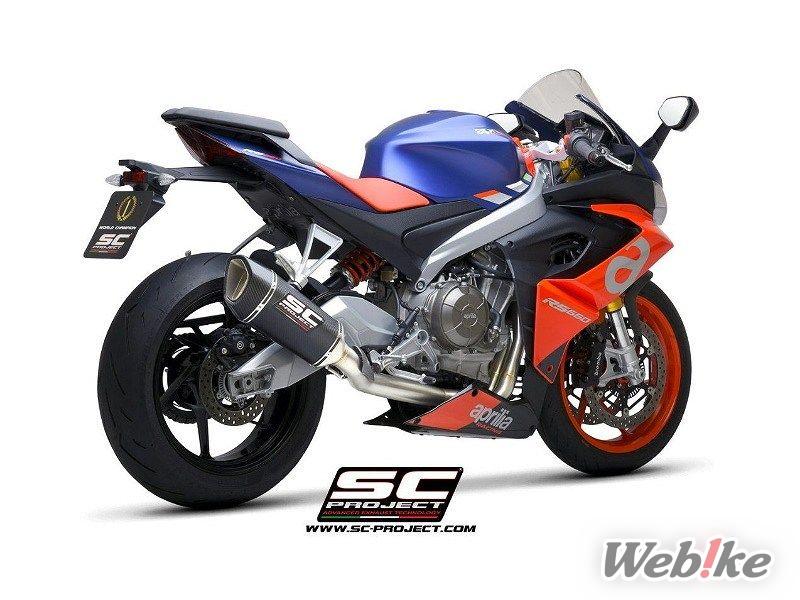
SC-PROJECT has supplied exhausts to many world-class racing teams, including the Honda Repsol HRC team in the MotoGP, the NSF250R in the Moto3, and the Kawasaki ZX10-R (Pedercini team) in the WSBK. The shape and sound quality are directly related to racing! All of their exhausts are designed for racing use, which has its advantages such as a powerful sound and good exhaust. This is a rare product that is hard to come by in actual shops.
Understand the characteristics of each material to find the right exhaust for you!
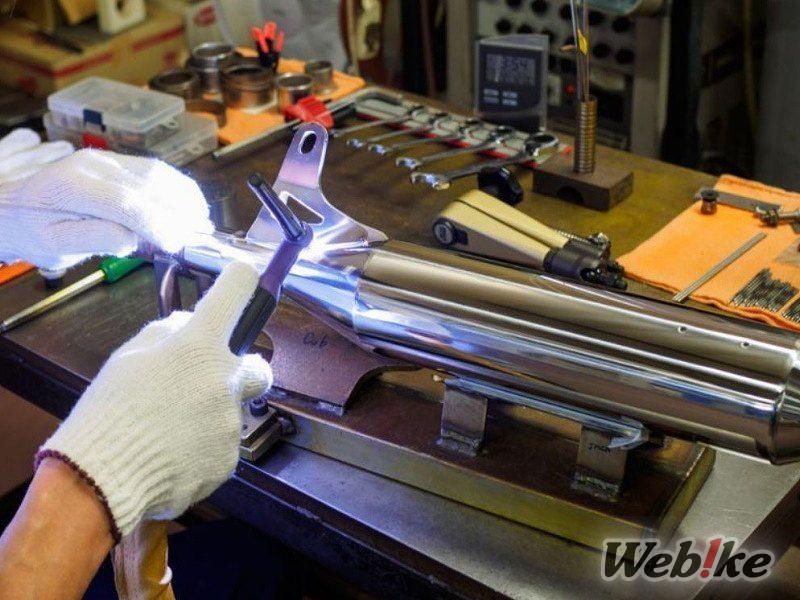
There are many choices when it comes to exhausts, even just in terms of material. I myself used to think that a titanium muffler was all that was needed, but after doing some research this time, I learned that this is not the case. Depending on the goals of each rider, steel, stainless steel, titanium, or carbon might be the best choice. I hope the contents introduced in this article will be helpful when you make your choice.

